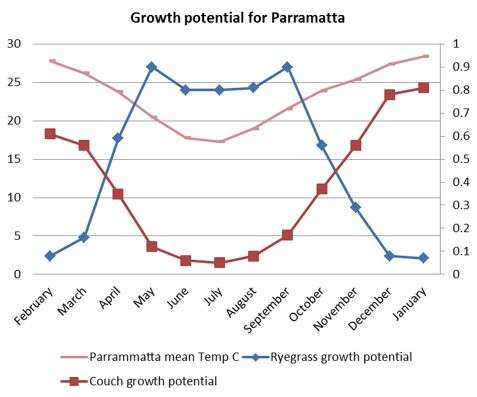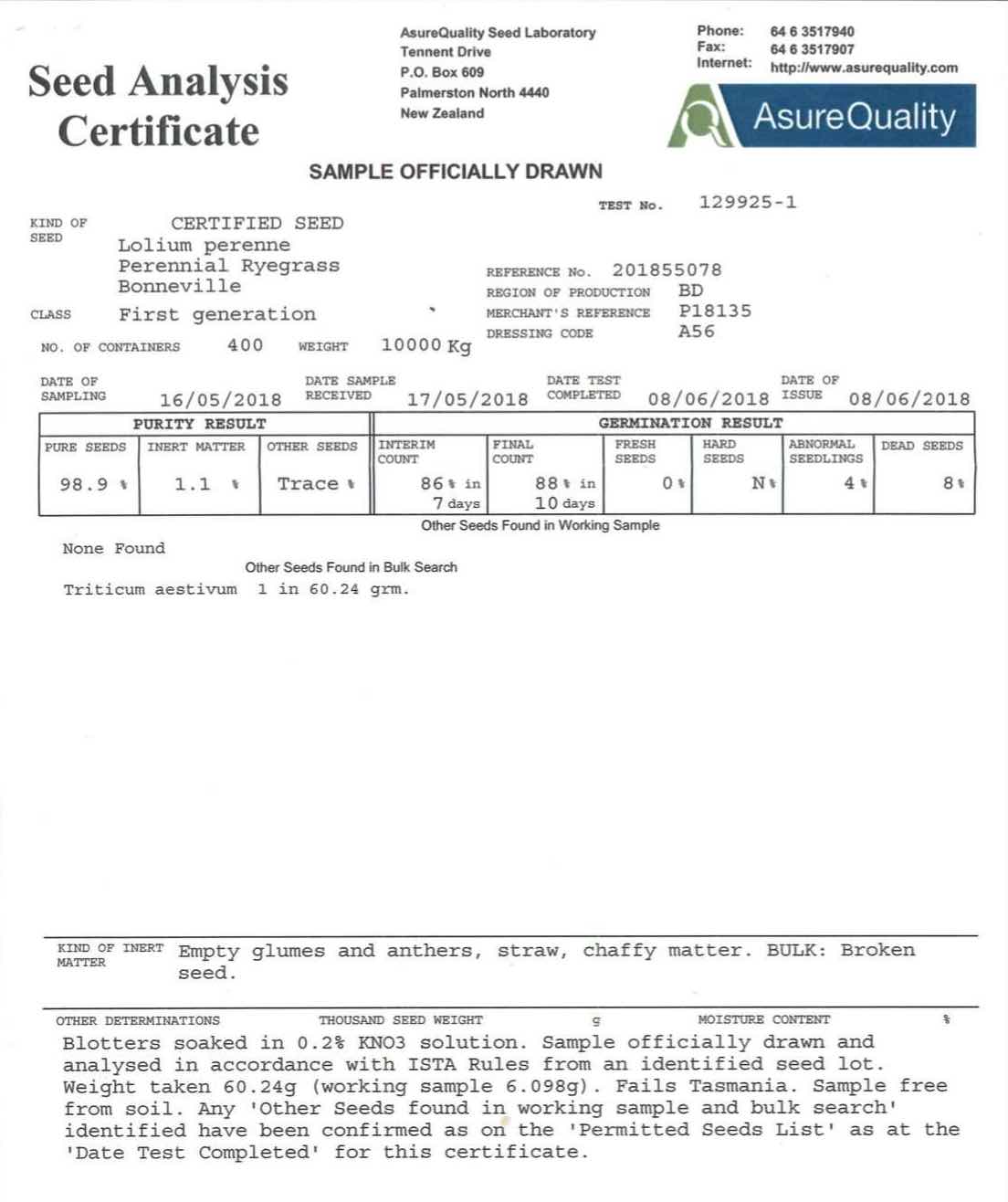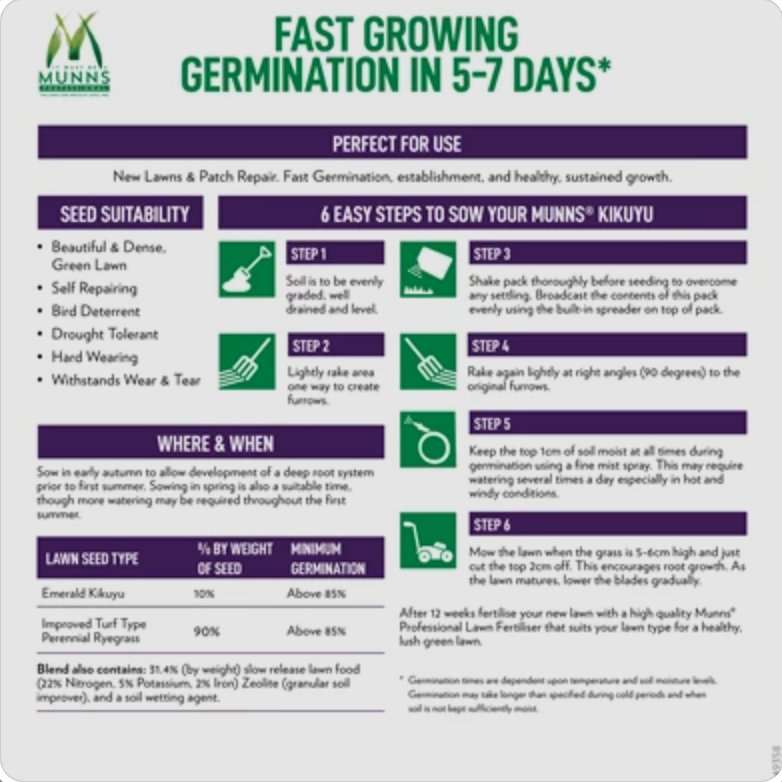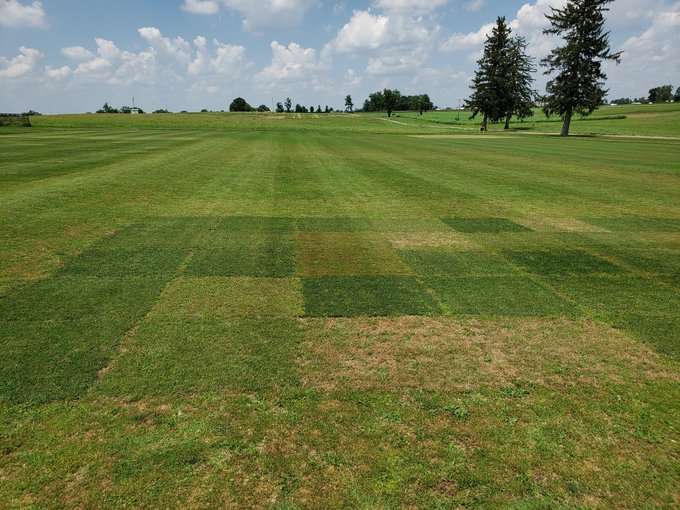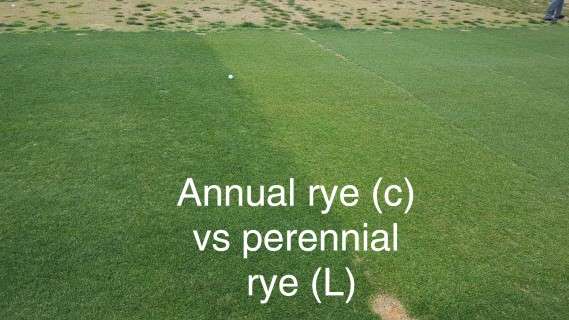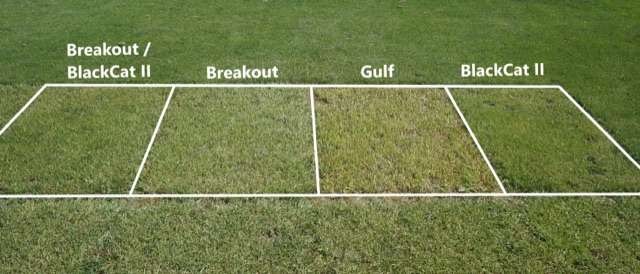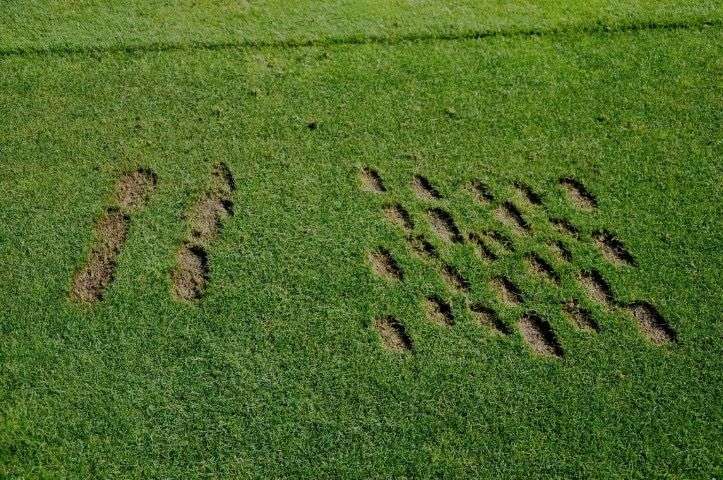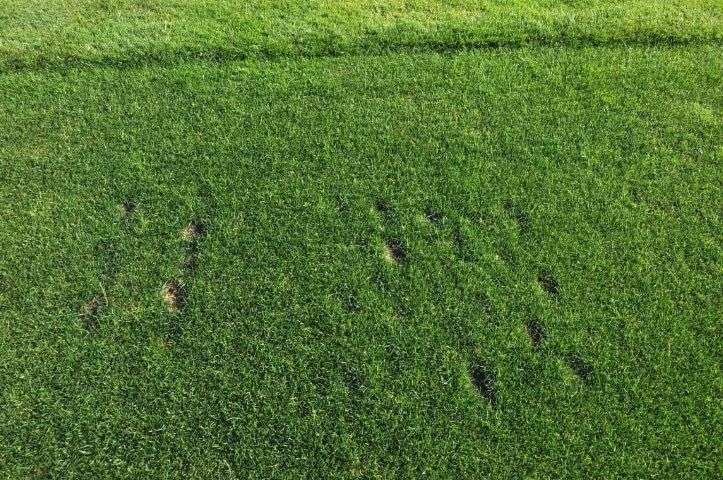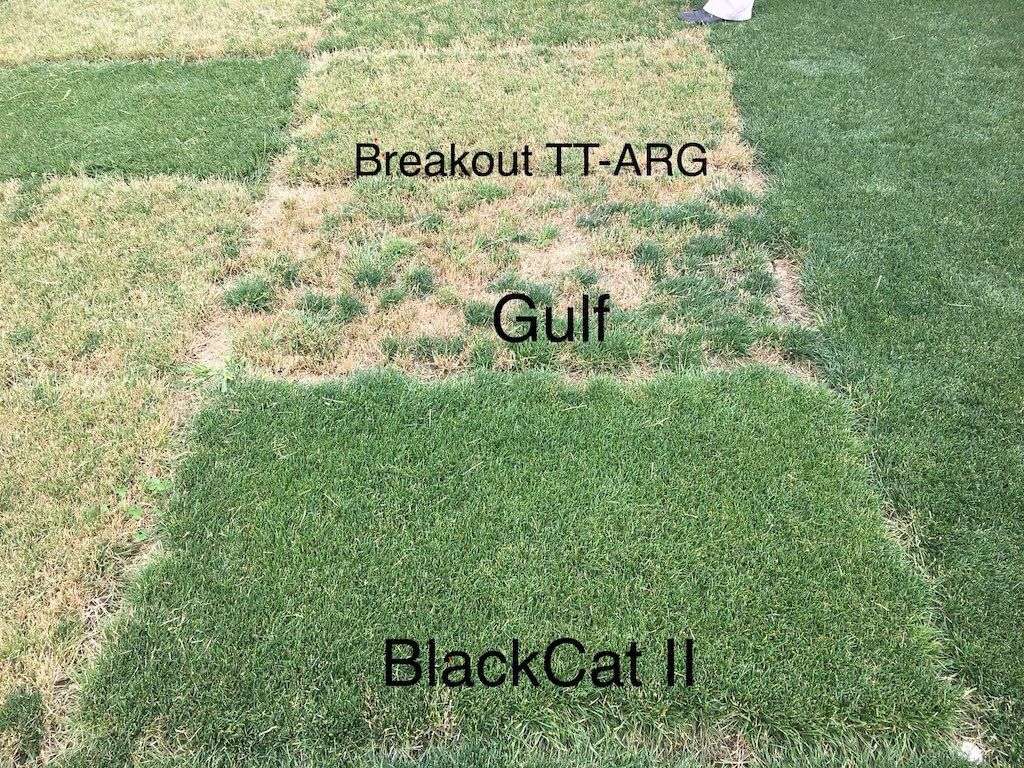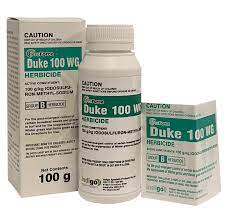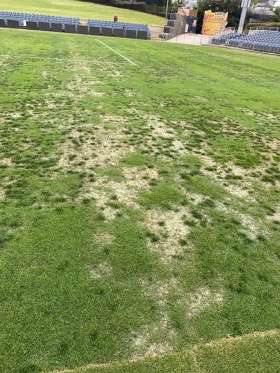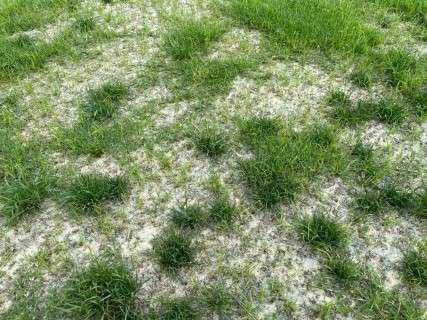An Overseeding and Transition Guide for Turf.
By the end of this article, we will answer questions like: Why overseed and transition turf? What is the best grass seed for overseeding? How to get the best results over seeding grass and how to transition it back.
I guess the first question to ask is why overseed and transition turf?
- To protect the underlying warm-season turf (couch/Kikuyu) that goes dormant and does not grow in cool weather;
- To give a good colour and
- To help manage shaded turf. In many modern-day stadiums, shade causes the couch present to struggle. Overseeding with a cool season grass means the surface is playable when it is under the most use.
The key to successful overseeding and transition is timing. Done properly, it protects the underlying turf and gives a great colour over the winter months.
Although a cheaper option, you can consider use of turf pigments like Vertmax Duo, but these do not protect dormant turf.
During the Winter sports season, the lush green playing surfaces that you see on Australian TV are all overseeded with sports turf seed, and especially newer varieties like Intense perennial ryegrass and Slugger 3GL perennial ryegrass. So if you have warm-season turf then this article is for you if you want it to look good all year round.
The decision as to what variety to use and whether Continental or Mediterranean germplasm is one we will leave to you. However, this recent blog on NZ vs US ryegrass may help.
Timing of overseeding and transition.
Overseeding and transition timing, is driven by soil temperatures and seed selection.
Poor timing hurts the success of any work, and coupled with poor seed selection, it can be a recipe for disaster.
Also, be aware that if you use pre-emergent herbicides these must not be still active when you seed.
Correct timing of overseeding in the autumn and transitioning in the spring is vital to ensure both operations go smoothly.
A tool to use that shows you when to do work is that of Growth Potential.
Growth Potential takes into account the temperature requirements of the couch and ryegrass.
Couch is a warm-season grass and grows best in the summer months.
In contrast, ryegrass grows best in the autumn/ winter months. The latter time is when the couch can tend to take on a brown appearance as it goes dormant.
Using the Growth Potential for the Parramatta climate during overseeding and transition.
The image above shows the growth potential for Parramatta in NSW. However, you can use this method anywhere you have any climate data.
In Parramatta, overseeding is ideal after mid-March as this is when the ryegrass grow the best. Transitioning the ryegrass out is best after October.
Unfortunately, use constraints mean that you may not be able to do this work at the ideal time.
Overseeding and transition – Seed Selection.
Choosing the right grass seed impacts the success of any overseeding and transition work. Generally, you use annual or perennial ryegrass as an over-seeding grass.
For the lawn owner, we strongly suggest you buy your grass seed for overseeding from a specialised supplier. That way, you know what you get.
The key to seed selection is to read the label, but there are a few tips you can use to make sure you get what you pay for.
All commercial seeds have a seed certificate showing their variety, purity, production date, germination percentage, and weed seed content.
Bear in mind commercial pricing of annual ryegrass is around $5/kg, perennial ryegrass is $7/kg, and uncoated Kikuyu seed is around $80/kg.
The following applies to all seeds, including grass seed for overseeding. However, for this example, we are using Kikuyu seed. The two things to immediately check for are the physical contents and if it is coated seed.
Terms such as… “contains nursery cover for faster establishment”… should also set alarm bells ringing.
In the home garden world, a box of Kikuyu seeds does not just contain Kikuyu seeds.
Kikuyu seed.
Hortico Kikuyu blend (500g is approximately $25/kg). When you look at the contents, it contains Kikuyu and annual ryegrass. Annual ryegrass is ensures faster establishment (and keep the cost down!). In fact this only contains 7% Kikuyu seed!
Munns Professional 2.5kg Kikuyu Lawn Seed Blend is around $65 and contains Kikuyu plus perennial ryegrass and some other bits and pieces (Fertilizer and wetting agent). The contents show that it contains 90% perennial ryegrass and only 10% Kikuyu.
The “germination in 5- 7 days” is purely to do with the ryegrass component and nothing to do with the Kikuyu grass.
Landscape Range Turbocote Kikuyu Lawn Seed is $99/kg and contains 100% coated kikuyu. Bear in mind that coating can be up to 50% by weight. This means that it is $99 for 500g or $196/kg of actual seed.
Quality of grass seed for overseeding and transition.
Purity:
Purity is the percent by weight of each seed in a mixture as shown on the seed analysis tag. It is not necessarily an indication of “seed quality” but rather a measure of “seed quantity.” You must realise that not all pure seeds will grow and survive to maturity.
Germination Percentage:
Germination is the percentage of pure seeds that are able of growth. This value is found in near “ideal conditions” of temperature and moisture vs typical field conditions.
Germination declines with seed age, so seeds older than 9 months to 1 year may be less viable than fresh seed. So you should aim to purchase the freshest seed of the highest purity and germination percentage.
Weed seed:
The weed seed percentage is the weight of all seeds that are not pure seed. This value should be 0.5% or less.
Inert matter:
Inert matter is the percent by weight of all material that will not grow. This value should be as low as possible.
What about the selection of overseeding grasses such as ryegrass? As a start, avoid the flash brochures.
You pay for those in the actual cost of the goods or in the quality of the seed you purchase.
Instead, look for independent data, and two good sources of this are NTEP and ANTEP. This recent blog helps with making a decision, as it discusses improvements in ryegrass cultivars.
Independent data is the main reason for you should buy commercial seed rather than retail packs. You can see the actual varieties you are buying. It’s like buying a car. Not all cars are the same. Colour, engine, size, fuel economy, etc can vary. With grass seed for overseeding, colour, establishment rate, disease tolerance, and quality of cut can vary.
These independent trials rank how varieties perform so you can make an informed decision rather than falling for the glossy brochure.

So trials look at specific characteristics of over seeding grass. These may or may not be relevant to a lawn owner or turf manager. However, that isn’t the entire story.
In the case of ryegrass (the most common grass seed for overseeding), you have the further complication of whether it is an annual or perennial.
Overseeding rate.
The rate you use is important. Some companies recommend rates up to 5 Kg per 100 m2 which is way too high. For the home lawn you overseed for aestheticcs, so rates of 2 to 3 Kg per 100 m2 are fine. For overseeding sports turf use a rate of 3.5 Kg per 100 m2.
Remember that at some stage you want to remove the ryegrass so if you seed at 5 Kg per 100 m2 it will only choke out the underlying grass and make it difficult to transition.
Colour of grass seed for overseeding.
Turf-type perennial ryegrass has a darker colour than annual ryegrass.
It also has better wear and disease tolerance, a finer leaf, and copes better in heat. When you watch winter sports on TV and it’s a dark colour, it’s most likely to be perennial ryegrass and not annual ryegrass.
Ryegrass seed for overseeding.
There is a new generation of perennial ryegrass cultivars. Some of these regenerate after use and others like Reserve 2 have excellent winter activity. This means they continue to grow even in cooler weather. The images above and below show “Torsion LS” a regenerative ryegrass, after divotting and the recovery afterwards.
Obviously, if an area is subjected to high wear every day, it isn’t going to get time to establish or recover. If you use a spreading ryegrass as an over seeding grass, it needs time to grow and spread. This isn’t going to happen on a heavily used ground.
If you want a successful result from your overseeding and transition don’t do this!
The following are NOT a good idea if you are seeding in the autumn.
- Aggressive scarification. This removes stolons which act as ‘’growing points’ when you are transitioning turf in the spring. Aggressive scarification tears out 80-85% of these. This then means the couch can only grow back from rhizome growing points. As couch has more stolon growing points than rhizomes per square metre it limits spring recovery of the couch.
- Overseeding too early. This allows the couch to grow back and uses limited food reserves in rhizomes, and crowns. The result is in even less is available for spring transition back to couch. The couch will continue to compete with the overseeded ryegrass giving a poor ryegrass establishment and poor spring transition. As a rough guide overseed when the night time temperature is around 12°C.
But you can consider this in your overseeding and transition programme:
Use a PGR (Growth regulator). If the grass to be overseeded (couch/Kikuyu) is still actively growing and you want to overseed, slowing down the couch/Kikuyu can be of benefit. Trinexapac ethyl is sold under a variety of brand names such as Amigo 120 works well but you MUST raise the height of cut before use. Within an hour turf takes up a high percentage and it takes around three days to fully kick in. Do NOT scalp the surface before use as this needs to be taken up by the plant. Also don’t leave any clippings on the surface before you use this as they limit chemical uptake by smothering the grass.
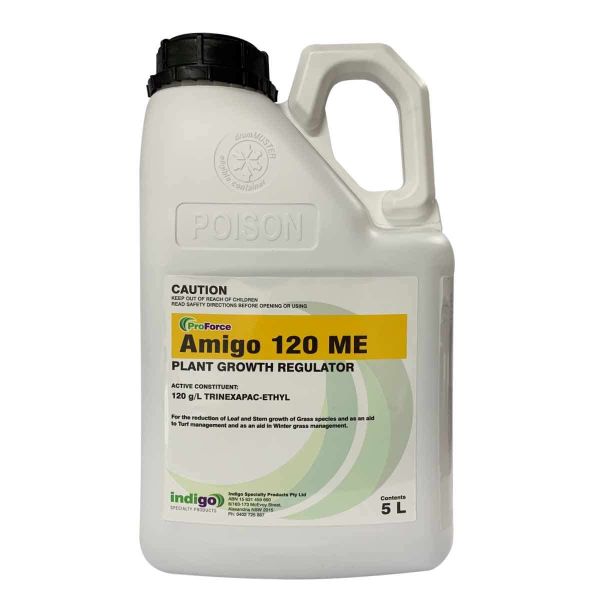
A suggested programme using grass seed for overseeding:
Mid-summer.
If thatch is 50mm or more, vertically mow to remove organic material. The aim is to do this no closer than six weeks before seeding to allow recovery.
35 days before seeding.
Cease all nitrogen (N) applications and increase potassium (K) fertiliser.
12 days before seeding.
Raise the mowing height by 35-50%. Decrease irrigation by 25% to force the couch/Kikuyu to store carbohydrates and slow growth.
5 days before seeding.
Now is the time to apply your PGR.
1 Day before seeding.
Mow the turf to its original height (same height as three weeks previously). This scalps the grass and removes the upper leaves. Drop the height another 30-50%. In reality, this is the only decrease in height, although you will have ‘’double scalped’’ the turf.
The result is a semi-upright stolon with one leaf on it. This will make it easier for the seed to get down to the soil and the stolons will be in better condition for the spring. Using smaller seed ryegrasses will also help with the success of seeding.
Day of Seeding.
Overseed in two directions. Drag a mat over the surface and roll if possible. Ensure good soil seed contact.
Next Day.
The aim is to irrigate on a light and frequent basis. Don’t apply more than 6mm per day (this depends on the seeding date), with, for example, 3-5 irrigation events over the day. Don’t water past 4 pm as late irrigation will encourage disease. Now is also a good time to consider a pythium preventative like Segway or Solitaire.
First Mow.
Mow the ryegrass with a cylinder mower, when it is at a height of 12-17mm.
First Fertilization.
After the first mow, apply a starter fertilizer. By leaving fertilizing until after the first mow, it reduces the chances of any granular fertiliser being removed and wasted.
Transitioning turf.
There are two ways of transitioning turf. The first is to reduce the height of cut and turn off the water. The heat and nature then take their course. The cool-season grass stresses in the heat and dies off. This is the reason some folks use annual ryegrass to overseed. It has poor heat and drought tolerance.
The problem is that if the temperature isn’t hot enough, the grass seed for overseeding will not die out. Instead, it continues to out-compete the warm-season turf. The result is the cool-season grass persists at the expense of the warm-season turf.
Most Turf Managers now use chemical aids like the sulfonylurea herbicides to achieve a successful transition. However, to get the best result from them you must use these at the right water pH and temperature.
An interesting 2010 article1Vassey, T.L., THE PERILS of growing bermudagrass on the California coast, Sportsfield Management, pp 32-34, https://sturf.lib.msu.edu/article/2010mar32.pdf discusses the issues of growing couch grass on the California Coast. It recommends to chemically remove the ryegrass in order to give the couch as much time as possible to grow. The aim is to use products when there is approximately a 50% green-up of un-overseeded areas.
20032Gelernter, W., and Stowell, L.J., Efficacy of sulfonylurea herbicides for improved transition on bermudagrass fairways, https://www.paceturf.org/journal/efficacy_of_sulfonylurea_herbicides_for_improved_transition_on_bermudagrass work looks at the use of sulfonylurea herbicides for transition on couchgrass fairways. The best combination of results ( an increase in couchgrass cover, with the least period of severe yellowing of turf) occurs when:
- You make applications when couch grass cover is > 50%;
- The average air temperatures are ≥ 18°C, and/or
- The average soil temperatures (150mm depth) are ≥ 21°C.
Chemically transitioning turf
The second option is chemically transitioning the turf. There are several options for this, like the sulfonylureas. Ideally, you want to achieve an accelerated transition with no green-brown-green. Instead, you want green-green.
What are the best conditions for transitioning turf?
-
- Minimal root growth < 10°C. Soil temp.
- Optimum root growth 24-29°C. Soil temp.
- Shoot growth ceases < 13°C. Air temp.
- Optimum shoot growth 27-35°C.
- Need night air temps of around 16°C.
Sulfonylureas
To get the best results, ensure the soil temperature is above 21°C. Ideally, greater than 26ºC is even better3Hutto, K. C., J. M. Taylor, and J. D. Byrd. 2008. Soil temperature as an application indicator for perennial ryegrass control. Weed Technol. 22:245-248.. You must realise that you are trying to achieve two things.
Firstly, to remove the cool-season grass and secondly, to ensure that the underlying warm-season turf (e.g. couch) is actively growing to fill in any thin or bare areas. For this reason the sulfonylurea herbicides are termed late transition aids in the USA.
If temperatures are not warm enough, then control will be very variable. You are going to end up with areas showing clumpy ryegrass and bare areas where the underlying warm-season turf has not filled in.
Over the 2021 season, chemical control led to “hit and miss” results and a waste of time and money. This was due to lower-than-usual temperatures.
All of the chemicals below are in the sulfonylurea chemical grouping. These all behave similarly, so the principles are the same when you use any of these.
| Product | Rate/Ha | Grass types |
| Coliseum | 120g | couch not kikuyu |
| Tribute | 1.5L | couch not Kikuyu QBC or buffalo |
| Duke | 150g | couch, buffalo, Kikuyu not Queensland Blue |
| Recondo herbicide | 225g | couch, Queensland Blue, and zoysia |
Clumpy Ryegrass
Clumpy ryegrass is not as easy to control as overseeded perennial ryegrass. A well-timed herbicide application in early spring should provide nearly 100% control of perennial ryegrass within 21 days of treatment.
This same herbicide only provides 50-60% control of clumpy ryegrass over the same period. However, you can improve the results by using a methylated seed oil like Voltage MSO.
Speed of Transition
The transition speed also plays a key role in deciding when to apply these. Aim to apply a faster-acting chemical as late as possible into the spring unless a dormant looking couch is acceptable. You should apply slower-acting options such as Kerb, which can take up to 8 weeks to work much earlier in the season.
Herbicides from slowest to fastest removal of perennial ryegrass: Checkpoint herbicide®, Tribute®, Coliseum®, and the Monument herbicide alternative, Recondo 100WG herbicide®.
| Slow – 4 to 6 wks | Fast – 10-30 days |
| Checkpoint or equivalent | Rimsulfuron |
| Cultural techniques | Trifloxysulfuron |
| Foramsulfuron |
Warmer temperatures usually increase the transition speed, and avoid use of these when soil temperatures are less than 10°C. Research has shown that if soil temperatures are below 18°C there is a reduction in control with Tribute Selective herbicide being more sensitive than for example Recondo® herbicide.
Trial work on sulfonylurea use for transitioning turf.
Work by Envu shows results of different SU herbicides for turf type ryegrass transition out of couch grass.
Product | Rate | Date | Results |
Untreated Control |  | ||
Tribute | 1.5 L/ha | 20/7/2012 |  |
Destiny + NIS | 150g/Ha | 20/7/2012 |  |
Tribute + Destiny + NIS | 1.5L/Ha + 25g/Ha | 20/7/2012 |  |
Destiny + Tribute + NIS | 150g/Ha + 0.5L/Ha | 20/7/2012 |  |
Tribute + AMS + Hasten | 1.5 L/ha | 20/7/2012 |  |
Monument + NIS | 30g/Ha | 20/7/2012 |  |
Non ionic surfactant.
Adding a non-ionic surfactant is ensures that the SUs work well. At a rate of 0.25% by volume, this makes ure you get excellent contact between the leaf and the chemical.
You get better control of clumpy ryegrass and tillering crowsfoot by adding methylated seed oil (MSO) like Voltage MSO or urea ammonium nitrate (UAN) to sulfonylurea applications. These improve penetration and chemical uptake on older established plants.
Studies show that if you add MSO + UAN to Tribute herbicide, you can control clumpy ryegrass4Bunting, J. A., Sprague, C. L., & Riechers, D. E. (2004). Proper adjuvant selection for foramsulfuron activity. Crop Protection, 23(4), 361-366. https://doi.org/10.1016/j.cropro.2003.08.022 in cool conditions, as long as daytime highs are 20°C plus.
Water pH
Usually, you do not want a high spray water pH. However, herbicides in the sulfonylurea group work better in alkaline (high pH) water.
For example, labels of sulfonylurea herbicides state that if water pH is 5.5 or below, use a buffer to raise the pH to near 7.0.
Work out of Spain indicates that the addition of Delfan Plus improves sulfonylurea efficacy as it increases the tank pH and counters any non-target phytotoxicity.
References
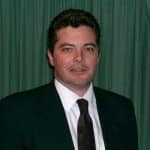
Jerry Spencer
Graduated from Newcastle University with an Hons Degree in Soil Science in 1988, Jerry then worked for the Sports Turf Research Institute (STRI) as a turf agronomist before emigrating to Australia in 1993.
He followed this by gaining a Grad Dip in Business Management from UTS. He has worked in a number of management roles for companies as diverse as Samsung Australia, Arthur Yates and Paton Fertilizers.
He has always had a strong affinity with the Australian sports turf industry and as a result he established Gilba Solutions as an independent sports turf consultancy in 1993. Jerry has written over 100 articles and two books on a wide range of topics such as Turf Pesticides and Nutrition which have been published in Australia and overseas.

